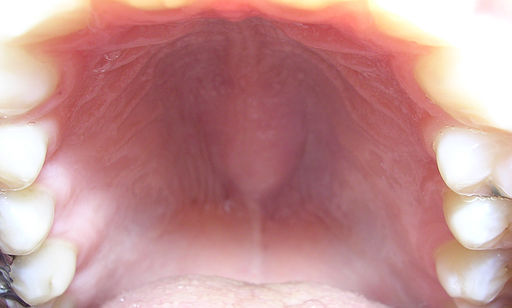This article is part 4 of Dr. Glenn Clark’s lecture on Sleep Disordered Breathing for Dental Residents of the Online Master of Science in Orofacial Pain and Oral Medicine program at the Herman Ostrow School of Dentistry of USC.
Can acoustics distinguish Obstructive Sleep Apnea snoring vs. simple snoring?
Yes, Hara et al. examined this issue in their investigation into Acoustic Analysis of Snoring Sounds by a Multidimensional Voice Program. The study concludes that most sounds are between 0 to 1000 Hz in frequency, and while OSA diagnosed snorers have some higher frequency sounds, the overlap between the two groups is substantial, which means that frequency analysis of sound does not distinguish between simple snorers and OSA-snorers.
Like what you’re learning? Take it a step further and test your clinical diagnosis skills with USC’s Virtual Patient Simulation. Review real-life patient histories, symptoms, and imaging, conduct a medical interview and clinical exam, make a diagnosis, and create a treatment plan for virtual patients experiencing Orofacial Pain conditions.
Can acoustic analysis predict anatomic source?
Maybe. During an examination into the origination of the vibration which causes snoring, conducted by Agerwal et al., they plotted snoring frequencies and discovered that palatal snoring and nasal secretions snoring are non-distinguishable.
What is the effect of Mandibular Advancement Devices on snoring?
This module is a summation of Fransson AM et al.’s study on snoring and obstructive sleep apnea with a mandibular protruding device.
- Open-labeled, prospective clinical trial of six months
- Hospital sleep laboratory assessed 35 subjects (22 = Obstructive Sleep Apnea; 13 = snoring)
- Baseline: PSG, Questionnaire, Exam and all repeated at six months
Results:
- Mandibular Advancement Device = 24/35 patients had symptoms decrease by 50% or more.
- OSA subgroup: peak snoring sound changed from 71.6 to 62.0 dB.
- Snoring subgroup: peak snoring sound changed from 63.5 to 57.5 dB.
- 18/22 OSA patients decreased mean ODI by 50% (15.4 to 3.5)
- Arterial oxygen saturation (SaO2 nadir) increased mean 81.9 to 85.7 (n.s.)
Conclusion:
A 6-month perspective shows that the MAD dental mouthpiece was helpful for Obstructive Sleep Apnea in many subjects and decreased snoring. The snoring device compliance was acceptable, and only minor adverse events occurred.
What is the effect of UPPP surgery on snoring level?
Jones TM et al.’s acoustic analysis before and after palatal surgery investigated the effect of UPPP for non-OSA snoring disorders.
Study Overview:
- 35 patients were block-randomized to have two similar palatoplasty tx’s.

- Baseline audio/video recording of snoring sounds and sleep position
- Standard positioned microphone above the head.
- Post-surgery at 2.5 months after and 9.7 months after surgery.
- Inspiratory sounds of the first 100 snores while sleeping supine.
- Data: Snore duration (s), loudness (dBA), periodicity (%); energy ratios.
- Snoring bands from 0-200 Hz, 0-250 Hz, and 0-400 Hz.
- Subjective outcomes and all co-variables were noted.
Results:
- No patient was cured from snoring.
- T-test analysis demonstrated significant changes pre- to early post-surgery
- Only 0-250-Hz energy ratio changed when comparing pre- to late post-surgery
- No obvious confounding variables were identified as an explanation.
- Subjective and objective results correlated poorly.
Conclusion:
Post-operative changes in acoustic parameters of snoring sound after palatal surgery are demonstrable but short-lived.
Advanced Dental Degrees
Do you want to deliver appropriate and safe care to your growing and aging dental patients? Consider enrolling in our online, competency-based certificate or Master of Orofacial Pain and Oral Medicine degree programs.

